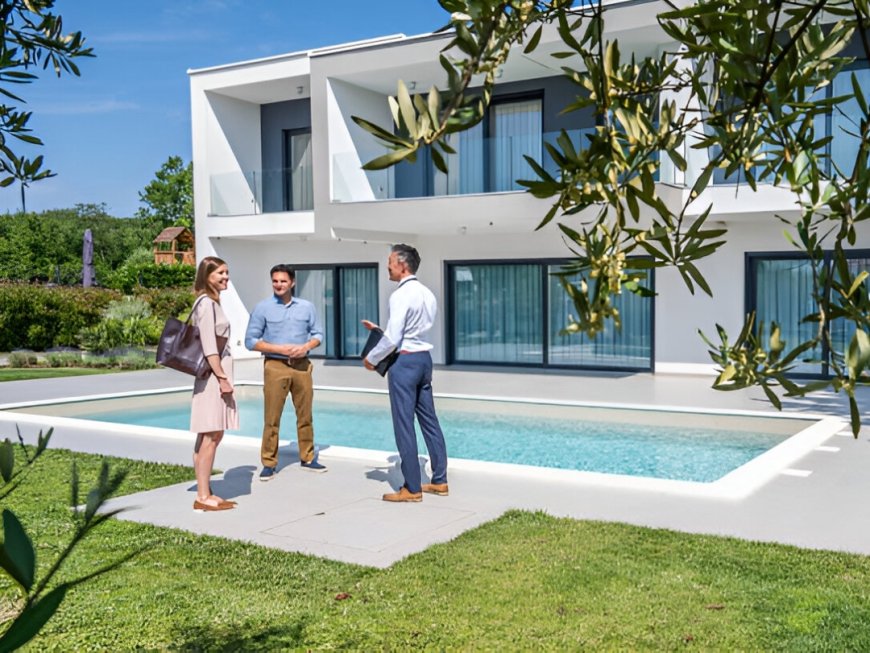Chicago Communal Living: An Era of Affordable Housing
Learn about Chicago communal living, its rise in the city, and how it blends private and shared spaces for modern urban living.

Chicago, known for its rich history and vibrant urban atmosphere, is undergoing a transformation in how its residents approach housing. One of the most notable changes is the rise of communal living spaces across the city. This innovative approach to urban living blends private living areas with shared communal spaces, creating a more affordable and social way of life. As housing costs continue to rise and lifestyle preferences shift, Chicago communal living offers an attractive solution for young professionals, students, and remote workers alike.
What Is Communal Living?
At its core, communal living is a housing model where individuals live in a shared environment with private living spaces but also benefit from shared areas like kitchens, lounges, and workspaces. Unlike traditional apartments, communal living is designed to encourage interaction and collaboration among residents, fostering a sense of community while maintaining personal privacy. This blend of private and shared spaces makes it an ideal solution for modern urban dwellers looking for both affordability and connection.
Why Chicago is Embracing Communal Living
Several factors are driving the growth of communal living in Chicago. First, the city's housing market has become increasingly expensive, especially in popular neighborhoods. As a result, many people, particularly young professionals and millennials, are seeking more affordable alternatives. Communal living offers a way to reduce housing costs by sharing amenities and living spaces, while still maintaining a sense of privacy and independence.
Moreover, Chicago is home to a diverse and vibrant community that values connection and collaboration. Communal living spaces cater to this need by providing an environment that fosters interaction among residents, whether through community events, shared meals, or co-working spaces. In a city as bustling and fast-paced as Chicago, having a built-in social network can make a big difference for individuals who might otherwise feel isolated in more traditional living arrangements.
The Benefits of Chicago Communal Living
-
Affordability
One of the primary benefits of communal living in Chicago is the cost savings. With rising rent prices, particularly in sought-after areas, sharing living spaces and amenities can make urban living more affordable for a wide range of residents.
Rent is typically lower in co-living spaces compared to traditional apartments, making it easier for people to live in the heart of the city without breaking the bank.
-
Flexibility
Chicago communal living spaces often come with flexible lease options, catering to those who need short-term housing or prefer a non-traditional living arrangement.
This flexibility is particularly appealing to people who are new to the city, remote workers, or students. It allows individuals to adapt their living situation as their needs change without the burden of long-term commitments.
-
Social Connection
One of the most appealing aspects of communal living is the built-in sense of community. With shared spaces designed for interaction, residents can easily connect with others who share similar interests, work habits, and lifestyle preferences.
This sense of community is especially valuable in a large, busy city like Chicago, where it can sometimes be difficult to meet new people.
-
Remote Work-Friendly Amenities
The rise of remote work has made co-living spaces more popular than ever. Many communal living spaces in Chicago are equipped with amenities such as high-speed internet, private workstations, and shared office areas.
This makes them an ideal choice for remote workers who need a productive environment but also want to maintain a connection to a community.
-
Sustainability
Communal living encourages sustainable practices by reducing the need for individual resources. Shared amenities like kitchens, laundry facilities, and entertainment spaces help minimize waste and energy consumption.
Many co-living spaces also incorporate eco-friendly practices, such as recycling programs, energy-efficient appliances, and green building features, further promoting sustainability.
Popular Chicago Communal Living Spaces
As communal living gains popularity in Chicago, several notable projects have emerged, each offering unique features and amenities to cater to diverse needs. Some of the top communal living spaces in the city include:
-
Common Addams
Common Addams is one of Chicago’s largest co-living spaces, offering a blend of private and shared living areas designed for modern urbanites. The building features spacious private rooms, along with ample communal areas like kitchens, lounges, and co-working spaces. This space is perfect for those who want to experience the city while enjoying a sense of community.
-
The Collective
Located in the heart of Chicago, The Collective provides a stylish and comfortable living experience. The building boasts private units with shared kitchens, lounges, and co-working spaces. It’s designed for individuals who want to live in a collaborative, social environment while having the privacy they need to feel at home.
-
Sonder
Sonder offers another unique co-living option in Chicago, focusing on creating a seamless living experience with fully furnished apartments, flexible leases, and community-driven events. Whether you're a student or a young professional, Sonder provides an affordable and convenient living space with all the amenities you need.
The Future of Communal Living in Chicago
The future of communal living in Chicago looks promising. As more people seek affordable housing options and the desire for community grows, communal living spaces will likely become a larger part of the city's real estate landscape. In addition, the increasing demand for remote work-friendly accommodations will continue to shape the way co-living spaces are designed and marketed.
Real estate developers are beginning to take note of this trend and are investing in new co-living projects that cater to a variety of needs, from budget-conscious millennials to digital nomads. This will likely lead to an even greater variety of communal living spaces, offering different price points, locations, and amenities to attract a wide range of residents.
Conclusion
Chicago communal living represents a shift in the city’s housing market, offering residents an affordable, flexible, and community-driven alternative to traditional apartment living. With the rising cost of housing and the growing demand for social connection, communal living is poised to become a key part of the city’s real estate landscape. Whether you’re a student, young professional, or remote worker, Chicago’s communal living spaces provide a unique and sustainable way to experience city life.
Are you ready to experience the benefits of Chicago communal living? Explore your options today and find a space that fits your lifestyle as Inland Real Estate School is here for you!






























































































































































